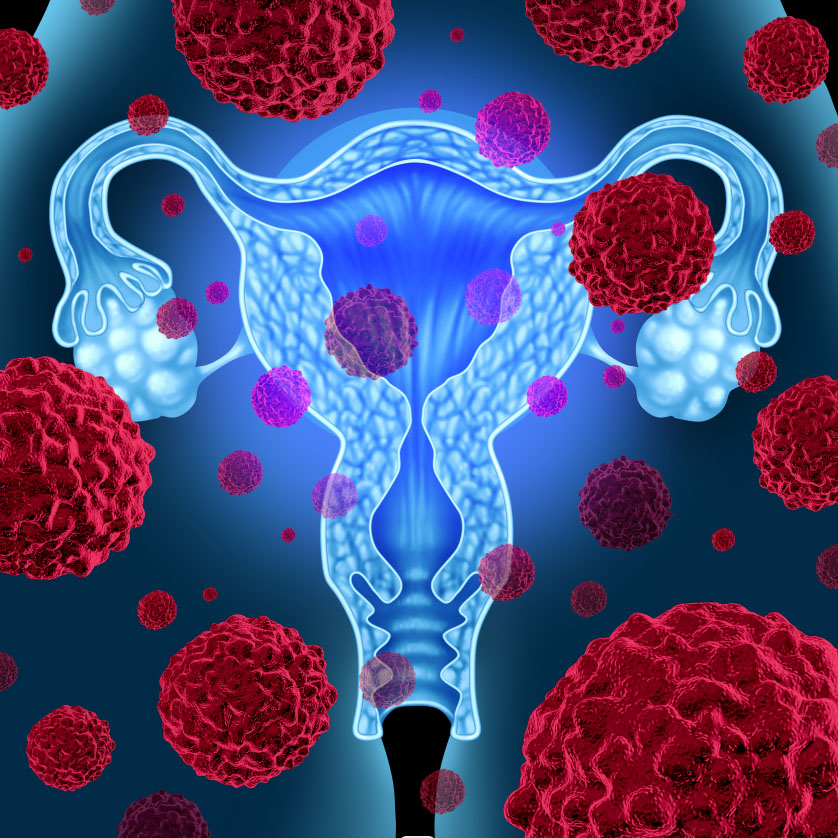Cervix Cancer
Short Description:
Cervical cancer, also known as cervical cancer, is the most common gynecological tumor in the female reproductive tract. HPV is the most important risk factor for the disease. Cervical cancer can be prevented through regular screening and vaccination. Early cervical cancer is highly cured and the prognosis is relatively good.
Epidemiology
WHO released in 2018 that the global incidence of cervical cancer is about 13 out of 100000 people in Wei every year, and the mortality rate is about 7 out of 100000 people who died of cervical cancer. In 2018, there were about 569000 new cases of cervical cancer and 311000 deaths, of which 84% occurred in underdeveloped brokerage countries.
The morbidity and mortality of cervical cancer worldwide have declined significantly in the past 40 years, which is related to the strengthening of health education, HPV vaccination and cervical cancer screening.
The disease is most common in middle-aged women (35-55y). 20% of cases occur over the age of 65 and are relatively rare in youth.
Diagnostic methods of cervical cancer:
1. Cytological examination of cervical curettage.
This method can detect cervical precancerous lesions and early cervical cancer, because there is a false negative rate of 5% mi 10%, so patients should be examined regularly.
2. Iodine test.
Normal cervical and vaginal squamous epithelium are rich in glycogen and can be stained brown by iodine solution, while cervical erosion and abnormal squamous epithelium (including atypical hyperplasia, carcinoma in situ and invasive carcinoma) do not exist and will not be stained.
3. Biopsy of cervix and cervical canal.
If the cervical smear cytology is grade Ⅲ ~ Ⅳ, but the cervical biopsy is negative, multiple tissues should be taken for pathological examination.
4. Colposcopy


